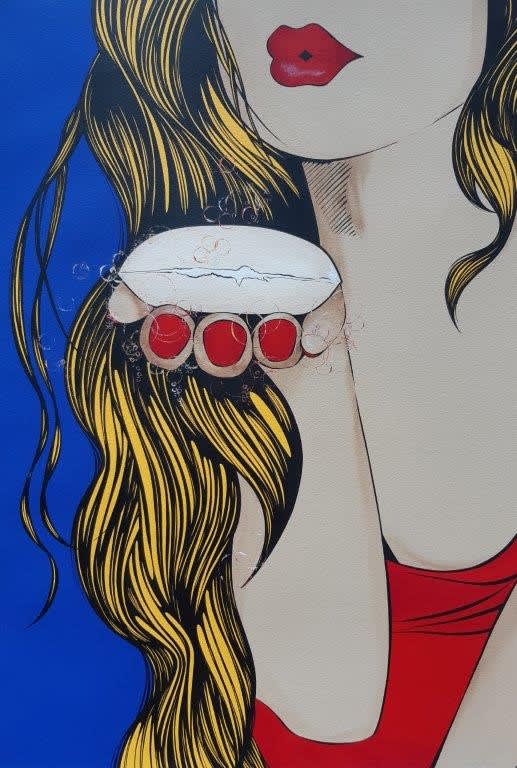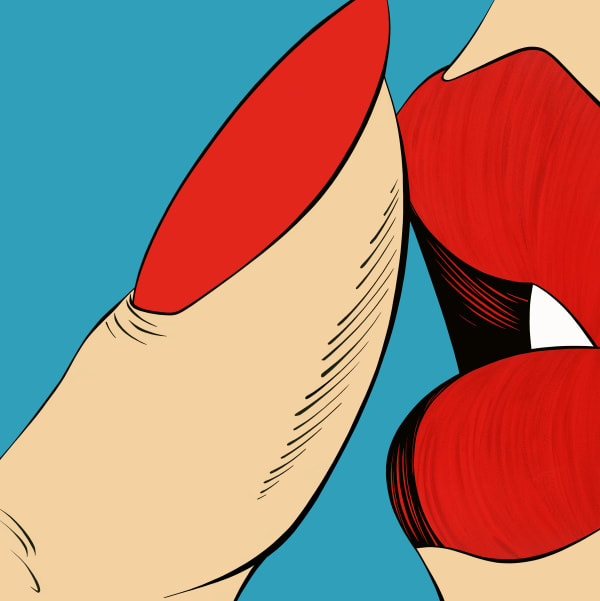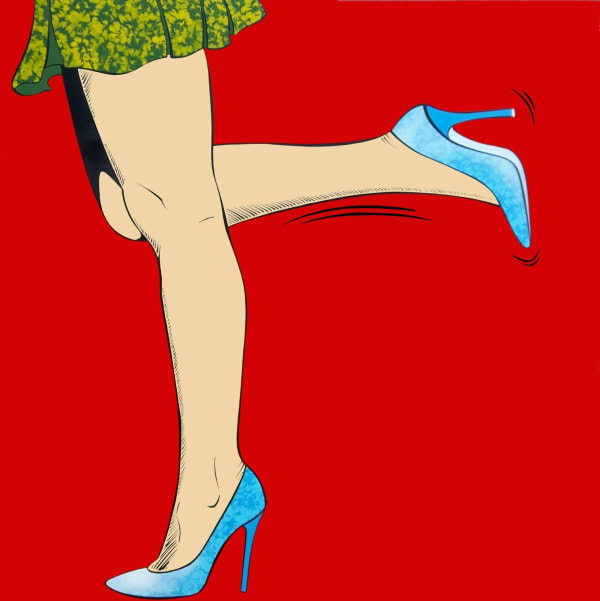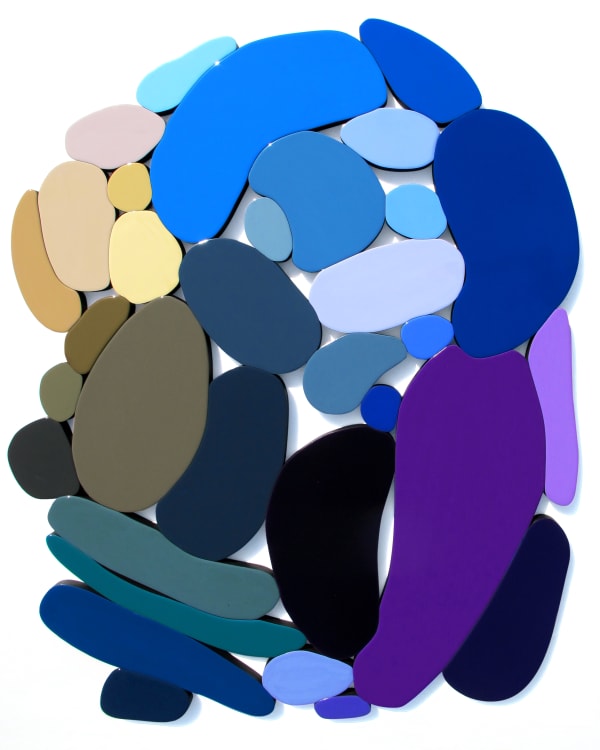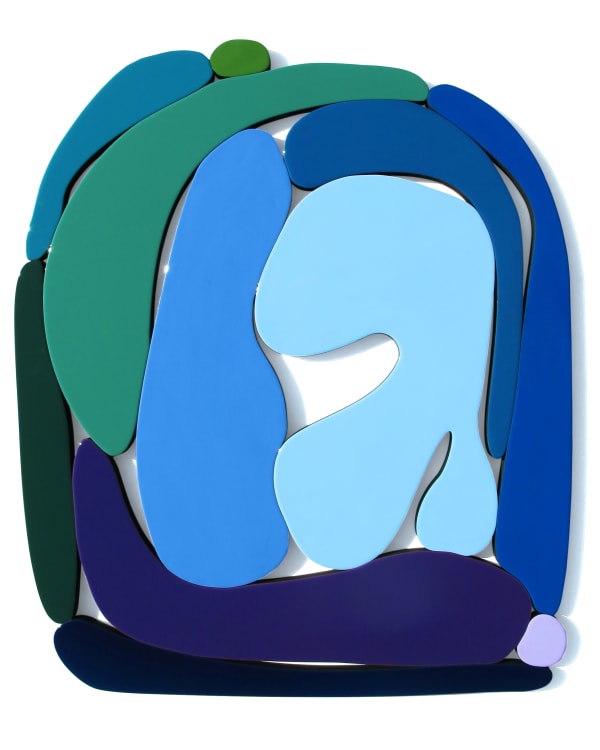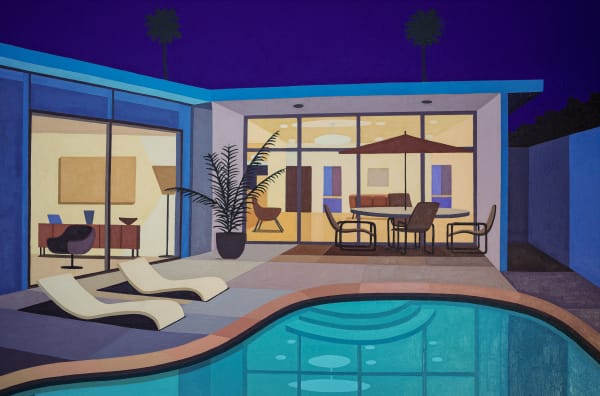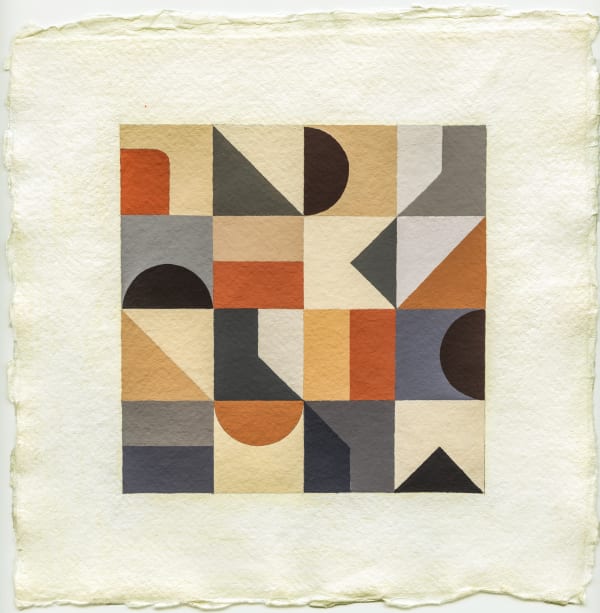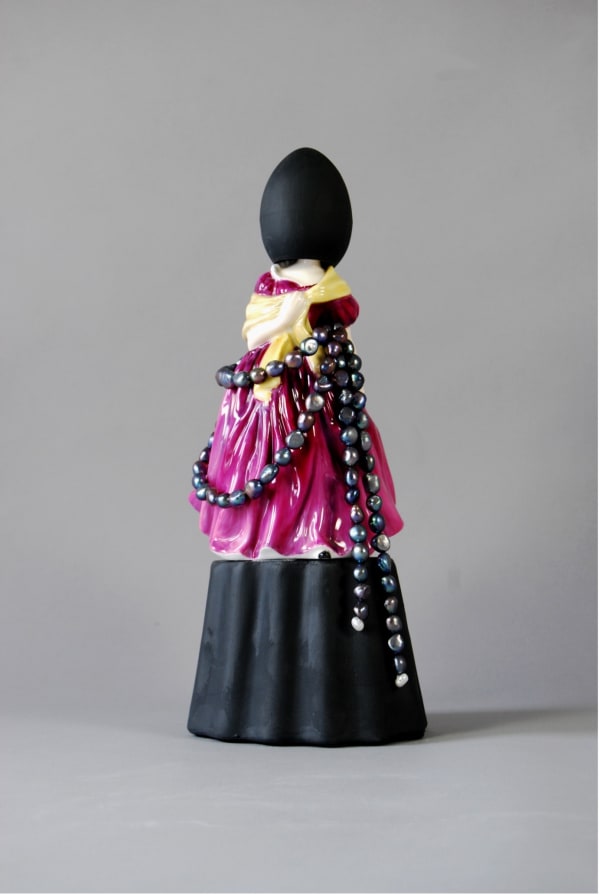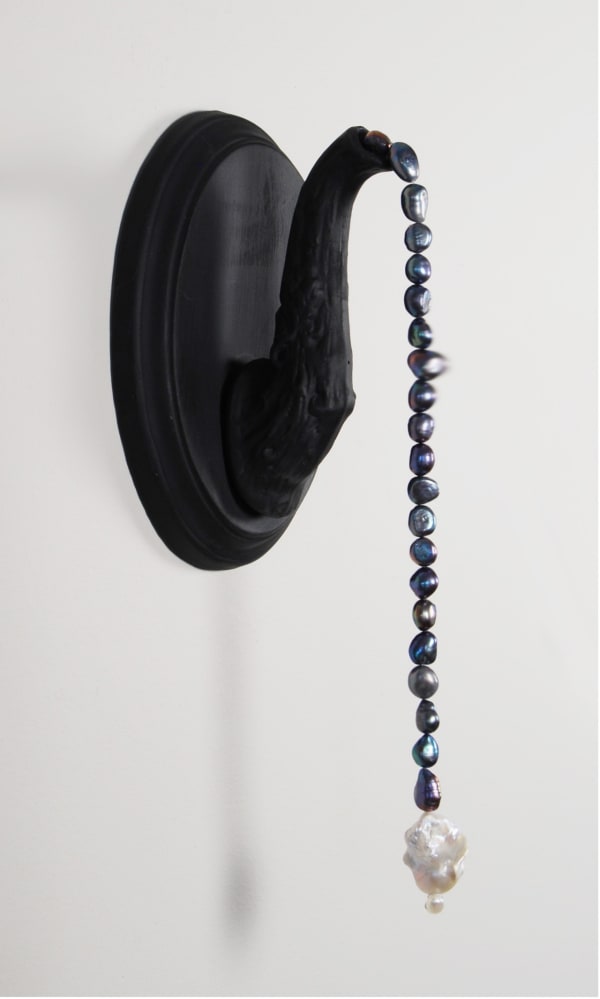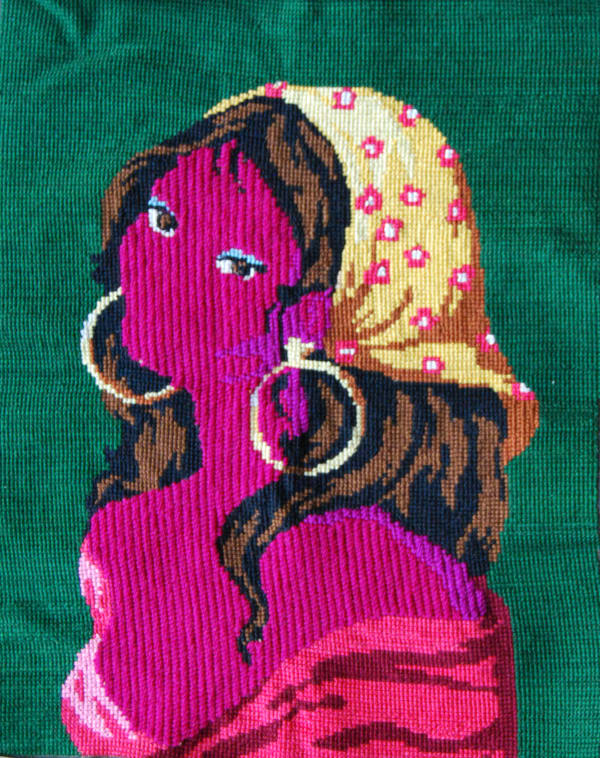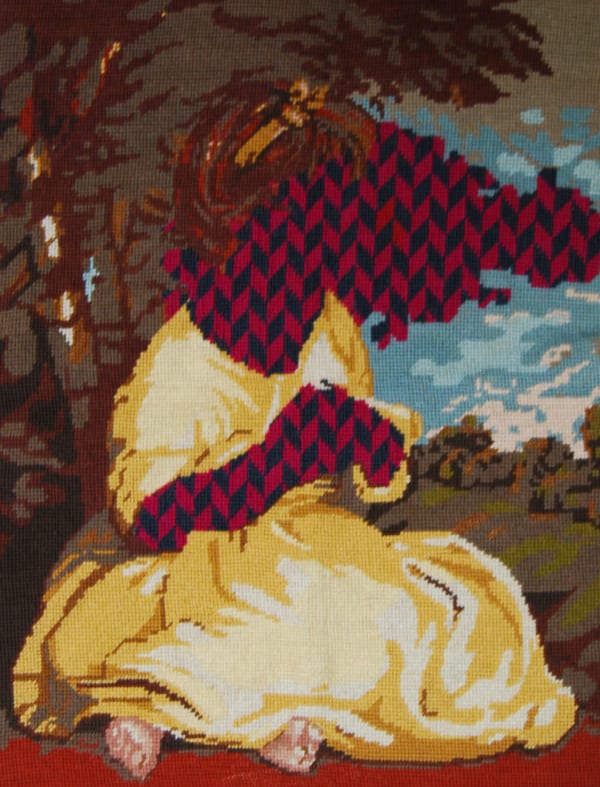-
Cynthia Corbett Gallery is delighted to return to Palm Beach Modern+Contemporary art fair 24th-27th March 2022. Our curation at the Fair will include a showcase of several Gallery-represented artists as well as Young Masters alumni.
The Palm Beach Modern + Contemporary Fair is the most important fair to take place in Palm Beach during the winter season as it brings a world-class, internationally respected group of art dealers and their artists to one of the most culturally savvy and discerning collecting audiences in the world.
-
DEBORAH AZZOPARDI
-
‘America has Lichtenstein, we have Azzopardi!’ - Estelle Lovatt FRSA
Deborah Azzopardi acquired her worldwide fame for the joyous Pop Art images she has created over the past 35 years. Her unique and feminine take on contemporary art is best described by the esteemed art critic Estelle Lovatt: ‘America has Lichtenstein, we have Azzopardi!’ Lovatt goes on to comment: “Sometimes you just want to curl up under a blanket. With a good book. A piece of chocolate. A man. This is what Deborah Azzopardi’s pictures make me feel like doing. They are me. They remind me of the time I had a red convertible sports car. I had two, actually. And yes, they are you, too. You immediately, automatically, engage with the narrative of Azzopardi’s conversational visual humour. Laughter is the best aphrodisiac, as you know. ... There’s plenty of art historical references from... Manet’s suggestive ‘Olympia’; Boucher’s thought-provoking... ‘Louise O’Murphy’ and Fragonard’s frivolous, knickerless, ‘The Swing’.... Unique in approach, you easily recognise an Azzopardi picture. ... Working simple graphics and toned shading (for depth), the Pop Art line that Azzopardi sketches is different to Lichtenstein’s. Hers is more curvaceous. Feminine.”
The world is familiar with Azzopardi’s artworks, as many of them have been published internationally. Her original paintings, such as the Habitat ‘Dating’ series (2004/08), the iconic ...One Lump Or Two? (2014) and Love Is The Answer (2016), created by the artist at the request of Mitch and Janis Winehouse as a tribute to their daughter, are in great demand.TUËMA PATTIE
“To me, painting has always been an opportunity to interpret imaginatively what I see in front of me. The facts are there – it is how one brings them to life that is the magic”, – Pattie says.
Tuëma Pattie (b. 1938) was born in Dublin and studied at the Belfast College of Art, the Central School of Art and Design and Morley College, London, Piers Ottey and Christopher Baker in Sussex and Robin Child in Devon.
In her days in Belfast and London, she took advantage of urban scenes as her subject matter. She then had a long period in which she took time out to have two children and to support her husband in his career. This meant it was difficult to find the time for her beloved painting, as was the case for many women in that era.
With the move out of London in 1989, she did have the subsequent benefit of much foreign travel. Subject matter was carefully gathered with the resultant explosion of energy into her canvases, with paintings from the Galapagos, Antarctica, Spain, Italy and Uzbekistan as well as her beautiful West Sussex. It is from this period that she was able to develop into the world of experimental landscapes.
Tuëma Pattie has exhibited at the Royal Academy Summer Exhibition; the Royal Hibernian Summer Exhibition; the Cork Street Gallery; Art for Youth at the Mall Gallery London; London Art Fair; the Chichester Open; the Moncrief Bray Gallery, the Kevis House Gallery and the Rowntree Tryon Gallery all in Petworth; APPART; the East Hampshire Art Fair; the Jorgensen Gallery in Dublin and at Glyndebourne.KLARI REIS
Klari Reis uses the tools and techniques of science in her creative process, constantly experimenting with new ways to apply materials and methods.She is driven by curiosity and her desire to explore and document the natural and unnatural with a sense of wonder and joy. Formally trained as an architect, the artist from her base in San Francisco (in proximity to one of the largest concentrations of life science/technology companies in the world) collaborates with local biomedical companies and is inspired by the cutting edge of biological techniques and discoveries.
The unifying theme of Klari Reis’s art is her mastery of a new media plastic, epoxy polymer, and the fine control she brings to its reactions with a variety of dyes and pigments. Her compositions display brightly coloured smears, bumps and blobs atop aluminum and wood panels. A skilled technician with a studio for a laboratory, Reis uses science in the service of her art.
Klari Reis's work has been exhibited worldwide and public collections include Microsoft Research in Cambridge, UK; Next World Capital’s offices in San Francisco, Paris, and Brussels; MEG Diagnostic Centre for Autistic Children in Oxford, UK; Great Ormond Street Hospital for Children in London; the Stanford University Medical Center Hoover Pavilion in California; and Elan Pharmaceuticals, Genentech, Acetelion and Cytokinetics in South San Francisco.
AMY HUGHES
British Amy Hughes’s practice is both fuelled by and symbolic of the highly prestigious Porcelain wares produced at the Royal Sèvres Factory in the late 17th and 18th centuries. Hughes’ works reference and pay homage to the originals, but are created with a freer approach, giving them a new lease of life.After Alhambra pieces take inspiration from the large lustre vases produced during the Nasrid Dynasty (the last Muslim Dynasty in the Iberian peninsula, ruling Granada) in the 14th and 15th centuries which became romantically known as 'Alhambra Vases', and of which only 8 remain in semi-intact existence today. The skill, the legend, the intrigue surrounding these vases captivated and fuelled my fascination to explore a contemporary response to the stunning relics. The forms, the two wing-like handles, the horizontal decorations all reference the originals, the rawness in composition and materiality nodding to their faded beauty. Drawing studies of their intricate surface pattern have been enlarged and explored on the coil and slab built forms creating exciting pattern and shape with a colourful and lively approach.
Amy Hughes works and exhibits internationally, including high profile Collect art fair with the Crafts Council with Cynthia Corbett Gallery and a spell as Artist in Residence at Konstfack School, Stockholm, Sweden. She was nominated to represent the UK in ‘New Talent’ at the European Ceramic Context 2014 as well as being shortlisted for the inaugural Young Masters Maylis Grand Ceramics Prize 2014 for artists who show an exceptional command of ceramics, alongside an awareness of the heritage of ceramic craft.
In 2015, Hughes was chosen as the first Ceramics and Industry Artist in Residence at the Victoria & Albert Museum working in collaboration with 1882Ltd, as well as being selected as one of eleven artists for AWARD at the British Ceramics Biennial ‘presenting new works exemplifying the energy and vitality of the best of British contemporary ceramics practice.’
In 2018 her first solo show Garniture at Croome Court (part of the National Trust) was funded by Arts Council England – she had the opportunity of working with Croome Court's extensive collections. Most recently she was selected as one of 5 commissioned Artists to work with at The Leach Pottery St Ives on the Leach 100, which is part of centenary celebrations looking at the past, the present and the future of studio pottery. In 2021 she will be participating in For the Love of the Master: 25 artists fascinated by Piranesi – a group exhibition celebrating the legacy of this versatile Roman artist in the 21st century. This homage to Piranesi will be held in Dublin Castle & the Casino at Marino, Dublin.ANDY BURGESS
Lauded by Annabel Sampson, Deputy Editor of Tatler as “the next David Hockney” painter Andy Burgess, who hails from London but lives in Arizona, continues to expand upon his fascination with contemporary architecture.Burgess selects the subjects for his paintings with the discernment of the portrait painter. Buildings are chosen for their clean lines, bold geometric design and dynamic forms. Burgess approaches his subjects with a fresh eye, simplifying and abstracting forms even further and inventing, somewhat irreverently, new color schemes that expand the modernist lexicon beyond the minimalist white palette and rigid use of primary colours. Real places are sometimes re-invented, the architecture and design altered and modified, with new furniture and landscaping and a theatrical lighting that invests the painted scene with a dream-like quality and a peaceful and seductive allure.
Burgess explores in depth the genesis of modern architecture in Europe and the US and its relationship to modern art, avant-garde design and abstract painting. Burgess explains his fascination with modernist architecture thusly:
‘Despite the huge impact of early modern architecture, the innovative and subtle minimalist buildings that I am researching, with their concrete and steel frames, flat roofs and glass walls, never became the dominant mode of twentieth century building. We have continued to build the vast majority of houses in a traditional and conservative idiom, so that these great examples of modern architecture, designed by the likes of Gropius, Loos and Breuer to name but a few, are still shocking and surprising today in their boldness and modernity, almost a hundred years after they were built.’
Alongside the large-scale paintings, Burgess creates collages which reflect his love of vintage graphics, particularly those from the 1930s -50s, a “golden age” in American graphic design and advertising. Burgess has been collecting vintage American ephemera for many years; this ephemera is then unapologetically deconstructed, cut up into tiny pieces and reconstructed into visual and verbal poems, dazzling multi-coloured pop art pieces, and constructed cityscapes.
MATT SMITH
UK-born Matt Smith is well known for his site-specific work in museums, galleries and historic houses.
Using clay, textiles and their associated references, he explores how cultural organisations operate using techniques of institutional critique and artist intervention. He is interested in how history is a constantly selected and refined narrative that presents itself as a fixed and accurate account of the past and how, through taking objects and repurposing them in new situations, this can be brought to light. Of particular interest to him is how museums can be reframed into alternative perspectives.
In June 2020 our long-standing partner Contemporary Art Society has acquired twelve ceramic and tapestry works by artist Matt Smith. This acquisition will become a central focus for the displays at the Hove Museum when it reopens. This exciting project was possible due to the Contemporary Art Society’s Rapid Response Fund in partnership with Frieze London, which is a new initiative supporting artists and museums during the Covid-19 pandemic. The CAS Rapid Response Fund is being used to purchase works by artists to add to collections of museums across the UK – ensuring financial support goes where it is needed most. We are thrilled that Hove Museum will now feature a major installation of Matt Smith's artworks, which is highly illustrative of his style and artistic research. Much of Matt Smith’s work explores and comments on marginalised history and it will form a key inspiration for activity sessions as the museum expands its work with groups with varied critical social needs.
"What museums collect, and what this tells us about what society deems important, is an ongoing fascination to me. Recent events have shown how important objects, and particularly sculpture, are in the national debate about who we are and how we got here. I have worked with the museums in Brighton and Hove many times over the last decade and am delighted that this acquisition leads on from that relationship. I look forward to seeing how the works are interpreted and curated to help the widest possible audience feel welcomed and visible within the museums," – Smith says.
FABIANO PARISI
Fabiano Parisi began his career as a photographer following a degree in Psychology, coming to photography through a project photographing derelict asylums, which sparked his interest in the abandoned buildings which are the subject of his art practice today.He has two ongoing series: The Empire of Light and Il Mondo Che Non Vedo (The World I Do Not See). The latter title is taken from a collection of poems by Fernando Pessoa, a hint at the poetic qualities of Parisi’s work. What is so striking about Parisi’s work is his use of light, his relationship not just to history but to the theme of the ruin in Art History, and the composition and surface of his work. The power of Parisi’s work lies in the strength and command of his image-making, never straying from a strictly symmetrical approach, which allows the viewer to assume his viewpoint within the building, the wide-angle lens giving a sense of depth and breadth, without compromising on detail.Parisi uses only natural light, shooting early in the morning. The colours and chiaroscuro are at their best at this time of day, and are left untouched by digital image manipulation software. Parisi’s photographs have an honesty and integrity that is part of what makes them so inviting. The artist often selects buildings with frescoed walls, which create an illusion of a painterly surface in his photographs and a textural sensibility that belies the photograph’s flat surface. His method highlights the patina of these forgotten places. The artist prints his work himself onto carefully chosen papers that enhance and maximise his colours and tones. Parisi has a strong relationship to Art History; the subject of the ruin was prevalent in the 18th and 19th Centuries, and interest is still strong today as evidenced by Tate Britain’s 2014 exhibition ‘Ruin Lust’. From painters such as Piranesi to Turner to Constable, Parisi is part of an important genre in art.
Parisi participated in the 54th Venice Biennale, Italian Pavilion and in Fotografia Festival Internazionale di Roma in 2012 at the Macro Museum. In 2010 he was the winner of the Celeste Prize International for photography in New York; in 2012 he was shortlist for the Arte Laguna Prize, Venice where he was award a special Prize and in 2012 & 2014 he was shortlisted & announced finalist for the Young Masters Art Prize (a not-for-profit initiative presented by The Cynthia Corbett Gallery, London).

Fabiano Parisi
The Empire of Light No. 2, 2013C-Type photograph mounted on Dibond in tray frame.
Newark was once home to multiple historic theatres like this venue, opening its doors in 1886. Was remodelled in 1917 by the famous architect Thomas Lamb, with 1996 seats in Adam style. Closed in 1986, this is an iconic piece from Parisi's photo series, as the layering of history lets the viewer experience a unique sort of time travel.
75 x 110 cm
29 1/2 x 43 1/4 in.
Edition of 8KGOLE
Kgole’s work is typified by his use of Anaglyphs. Two versions of his composite photographic images are printed in different colours (typically blue and red) onto canvas then collage and paint are applied to the printed work.The viewer is then asked to view the work through glasses with red and blue filter lenses, creating a dramatic 3D effect. The glasses play the role of enhancing the viewer’s experience and relationship to the work, interacting with the work on a more intimate level. His works range from collage, ceramics, prints, oil paintings, digital, and sculpture. A Kgole piece is a merge of cultural, interpersonal, artistic, aesthetic, and psychological influence; all drawn through experiences of nomadic travelling and values in upbringing.
ISABELLE VAN ZEIJL
In a contemporary art world that condemns beauty as camouflage for conceptual shallowness, championing high aesthetics is nothing short of rebellionDutch photographer Isabelle Van Zeijl takes female beauty ideals from the past, and sabotages them in the context of today. As a women she experiences prejudices against women; misogyny in numerous ways including sex discrimination, belittling/violence against women and sexual objectification. Van Zeijl aestheticises these prejudices in her work to visually discuss this troubling dichotomy, presenting a new way of seeing female beauty. An oppressive idealisation of beauty is tackled in her work through unique female character and emotion.Van Zeijl is invested in her images. By using subjects that intrigue and evoke emotion, she reinvents herself over and over and has created a body of work to illustrate these autobiographical narratives. Her work takes from all she experiences in life - she is both model, creator, object and subject. Going beyond the realm of individual expression, so common in the genre of self-portraiture, she strives to be both universal and timeless, with a subtle political hint.
Isabelle Van Zeijl has shown work continuously and internationally over the past fifteen years, represented by galleries located in The UK, USA, The Netherlands, Belgium, and exhibiting at emerging and established international art fairs in New York, Miami, Los Angeles, Hong Kong, London, Germany, Belgium, Sweden and Italy. She was nominated for the Prix De La Photographie Paris, and The Fine Art Photography Awards. She was also one of the winners of The Young Masters Emerging Women Art Prize, London. Her work is held in private & public collections in the USA, UK, Belgium, Germany, France and The Netherlands.
NICOLAS SAINT GRÉGOIRE
Art Couture is a series of illuminated sculptures by French artist Nicolas Saint Grégoire. This series pays tribute to Yves Saint Laurent who has been a major influence on Saint Grégoire's practice.Each illuminated sculpture comprises Plexiglass and neon, and is inspired by dresses created by Saint-Laurent as part of his 1960’s haute couture Pop Collection which Saint-Laurent created in homage to such artists as Mondrian, Wesselmann, Braque, Picasso and Warhol.
Driven by the common quest for harmony of line and colour, Nicolas Saint Grégoire, mentored by the late Pierre Bergé, President of the Pierre Bergé – Yves Saint Laurent Foundation, started his research in 2008/09 and was given exclusive access to the Yves Saint Laurent archives. The resultant work entitled Mondrian Dress 1, 2008 was inspired by the 1965 Day Dress created by Saint-Laurent in homage to artist Piet Mondrian.
Mondrian Dress 1, 2008 was presented by The Cynthia Corbett Gallery in Paris, London, Miami, New York, Chicago, Basel and Milan. The success of this work was confirmed by Mondrian Dress 2, 2009 inspired by the same collection, which was reproduced by key French magazines and newspapers such as Le Monde, Beaux Arts and Belles Demeures. The foreign press has equally echoed the Mondrian Dress 2: it was published in Country Life, Easy Jet Magazine, Lawfully Chic - Mishcon de Reya’s Cultural Blog, and featured on Net-a-Porter.
Nicolas Saint Grégoire developed this concept further and created a series of light sculptures exclusively inspired by Yves Saint Laurent dresses, which in turn were inspired by famous artworks. In order to represent the dresses faithfully, Saint Grégoire designed his works sketching directly from the original pieces in the archive, using the same sketching tradition Yves Saint Laurent did many decades before.
For all sales enquiries please contact info@thecynthiacorbettgallery.com
Palm Beach Modern + Contemporary
Past viewing_room





